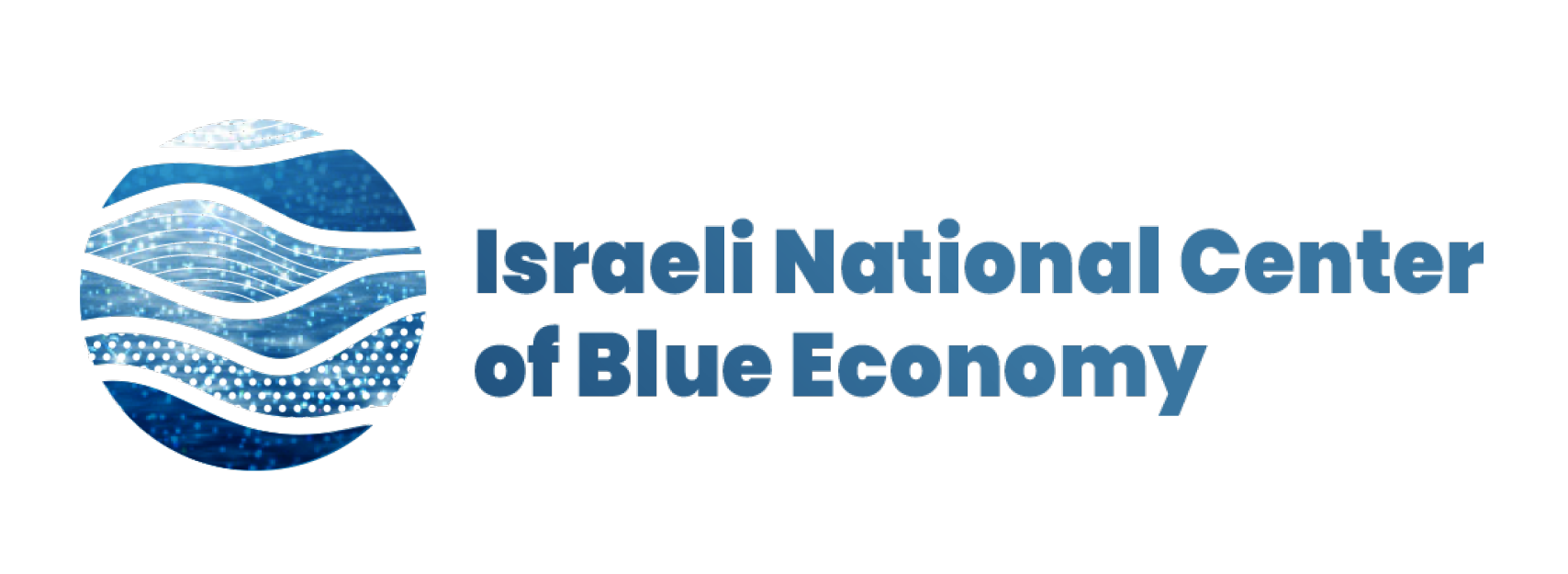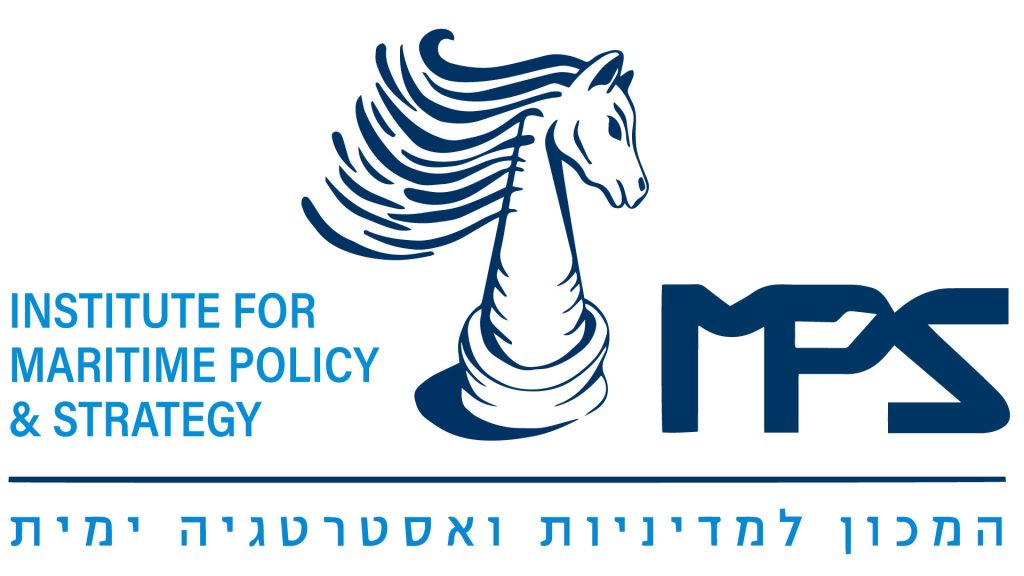Desalination
innovation in water management
The world is facing an unprecedented water crisis, with demand outpacing available resources. Projections suggest a fivefold increase in the global water deficit by 2050, necessitating annual investments of around US$150 billion to ensure universal access to water and sanitation. Despite efforts to manage water demand, it is anticipated that by 2030, demand will exceed supply by 40%.
In response to this crisis, desalination has emerged as a potential solution. This process involves treating high-salinity water to make it suitable for drinking and essential purposes. Thermal methods such as distillation and membrane filtration are the primary techniques employed, with reverse osmosis now dominating the industry due to its efficiency and versatility.
global perspective of desalination desalination
the growth of desalination
Desalination has become indispensable for many Gulf countries, serving as the primary source of drinking water. In the United Arab Emirates, for example, 42% of drinking water comes from desalination plants. Globally, the desalination sector has experienced remarkable growth, with over 21,000 seawater desalination plants operational in 2022; nearly double the number from a decade ago. Middle Eastern countries are poised to nearly double their capacity by 2030, representing half of the global installed capacity.
Significant desalination projects are underway worldwide, extending beyond the Middle East. Notably, China announced over 35 desalination plants in 2020, with additional projects in the Philippines and Taiwan. The western United States, particularly California and Texas, are advancing major initiatives, while Latin American countries such as Peru and Chile are witnessing a surge in projects, driven by mining and population needs, respectively. Island regions such as Cebu in the Philippines, Cape Verde, the Canary Islands, and the Maldives are increasingly reliant on desalination.
Challenges Facing the desalination Industry
desalination technology hurdles
The desalination process encompasses two primary technologies: thermal and membrane desalination. Each has distinct advantages and challenges, with membrane desalination methods, particularly reverse osmosis, offering lower energy requirements and broader applicability. However, both technologies require addressing sustainability and efficiency challenges.
Paving the Way Forward
The desalination industry boasts a diverse range of players, including established leaders like Engie and Veolia, and emerging market players such as Metito and Advanced Water Technologies from the Gulf region. Egypt also features prominently with its industrial actors.
With a population exceeding 9 million, Israel has long recognized the critical importance of water in its national resilience strategy. Responding to challenges, the Israeli government in collaboration with its Water Authority, embarked on a rapid expansion of desalination infrastructure along the Mediterranean coast between 2005 and 2016.
Israel’s trajectory in desalination is poised for further elevation with the upcoming construction of a seventh plant by IDE Technologies, elevating total capacity to 900 million cubic meters per year by 2030. However, rapid population growth poses challenges, with projected demand requiring up to 30 new desalination units by 2065.
start-up companies
Sorry, we couldn't find any posts. Please try a different search.



